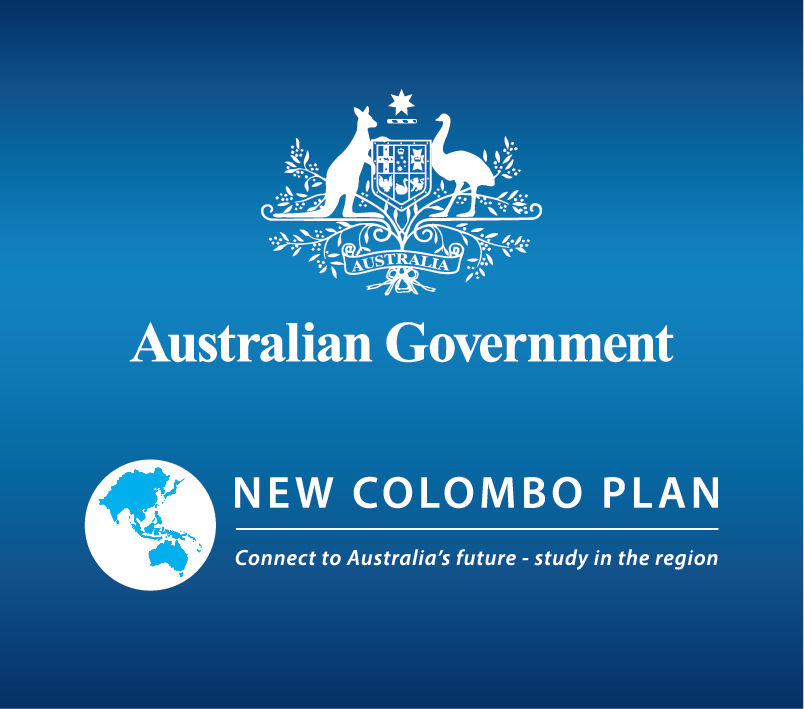The New Colombo Plan is vis-à-vis the Old: How Do These Initiatives Reflect Australia’s Foreign Policy Goals in Asia?
- Young Diplomats Society

- Aug 23
- 4 min read
By Sybilla George

In 2013, the Minister for Foreign Affairs in the Abbott government, Julie Bishop, announced the New Colombo Plan. It takes its name from the Colombo Plan, a post-war Commonwealth aid initiative led by then-Minister for External Affairs (now the Department of Foreign Affairs and Trade) Percy Spender, under the Menzies government. The Colombo Plan’s principal initiative, beginning in 1951, was to train students from South and South-East Asian countries at Australian universities and tertiary institutions. In a significant inversion of this program, the New Colombo Plan now provides funding for Australian students to undertake internships and studies in the Indo-Pacific at one of 39 designated destinations. The Colombo Plan was borne of the view that, in Spender’s words, “no nation can escape its geography,” and that Australia thus needed to diplomatically engage with Asia beyond the foreign policy instrument of war. These two programs, initiated more than 60 years apart, provide insight into Australia’s changing approach to foreign policy in the Asia-Pacific region.
The Colombo Plan: Overt and Subvert Foreign Policy Goals
According to Spender’s memoirs, the Colombo Plan aimed to “bridge” the cultural differences between Australia, a Western nation, and its Asian neighbours. Spender originally pitched the plan as a British-funded bilateral aid and development program that aligned with the UN’s economic development framework. However, Australia would later fund the program, with backing from the United States. The Colombo Plan would help build democratic protections “against those opportunists and subversive elements which take advantage of changing political situations and low living standards,” referring to fears that communist nationalism in China would spread to Vietnam, Thailand, and the Philippines.
The two-pronged Colombo Plan is widely regarded as a key component of the anti-communist foreign policy approach of the Menzies government and other Western nations in the post-war era. The Capital Development Program branch provided funds to anti-communist regimes, whilst the Technical Co-operation Scheme extended beyond universities to train foreign officials in Australian government agencies, including the Australian Security Intelligence Organisation (Fernandez 76-77, Oakman 141).
Furthermore, as Alex Auletta has argued, the Colombo Plan pursued an additional covert foreign policy goal of repairing the international reputational damage caused by the White Australia Policy (50). Introduced in 1901, the White Australia Policy remained law until it was abolished by the Whitlam government in 1973. By funding South and South-East Asian students to study in Australia, under the condition that they return home upon completion of their training, Australia could challenge its damaged status in the global community.
Although the Colombo Plan has somewhat faded from the historical memory of the era, a research review conducted by the International Education Association of Australia describes it as a “powerful symbol of education as aid principles … driven by the ideologies of nation building and developmentalism.” Yet, scholars such as Auletta and Clinton Fernandes have perceived the central goal of the Colombo Plan as the anti-communist suppression of “revolutionary change” in South-East Asia, aimed at maintaining the economic advantage of developed Western nations.
Foreign Policy and the New Colombo Plan
The New Colombo Plan is an ambitious symbol of Australia's changing relations with the Asia-Pacific in the 21st century. While the development branch of the Colombo Plan has since been abandoned, Julie Bishop’s 2013 launch address asserted that the New Colombo Plan is not only an educational program, but also a way to “transform Australia's engagement in our region.” While the Colombo Plan saw 40,000 students from South and South-East Asia train in Australia over a 30-year period, 40,000 Australian students have participated in the first 7 years of the New Colombo Plan. The reversed direction of student flow in the New Colombo Plan, compared to the original, reflects a retreat from the rhetoric of Western paternalism in Australia’s dealings with the Asia-Pacific. The approach is now outward-looking and explicitly regional, inciting a legitimate bilateral dialogue between Australia and the countries and territories off its northern and north-eastern coasts.
In 1950, Spender linked Australia’s future to “the economic well-being of Asian people”; in 2013, Bishop echoed this sentiment by highlighting the connection between “student exchanges” and “the way we do business.” Australia maintains significant aid initiatives in the Asia-Pacific today, which furthers its foreign policy goals in several areas, including national security and overseas development. The New Colombo Plan, however, has separated the economic and educational branches of the original Colombo Plan, reflecting the success of those post-war anti-communist initiatives undertaken by the West in Asia. As Bishop notes in her speech, many leaders of the New Colombo Plan host countries were themselves Colombo Plan scholars. As a result, Australia’s contemporary relationship with Asia is largely determined by the global financial system that the Colombo Plan and its associated programs sought to perpetuate.
Conclusion
The Colombo Plan of the 1950s served as a multi-purpose foreign policy tool. From the overt goal of ensuring Australia’s security and development in the Asia-Pacific by supporting governments friendly to Western markets, it also sought to counter Australia’s damaged international reputation. Its rebirth as the New Colombo Plan in 2013 signals Australia’s maturing view of its regional neighbours as sources of knowledge and cultural enrichment. At the same time, it is a product of the anti-communist rhetoric pursued by its forebearer and, consequently, the global consumer-capitalist system to which Australia remains committed.
Sybilla is an Honours student in French at the University of Melbourne. Her main interests include nuclear policy and the francophone Pacific. She has previously written for Crikey, Arena Online and Farrago Magazine.

















Comments